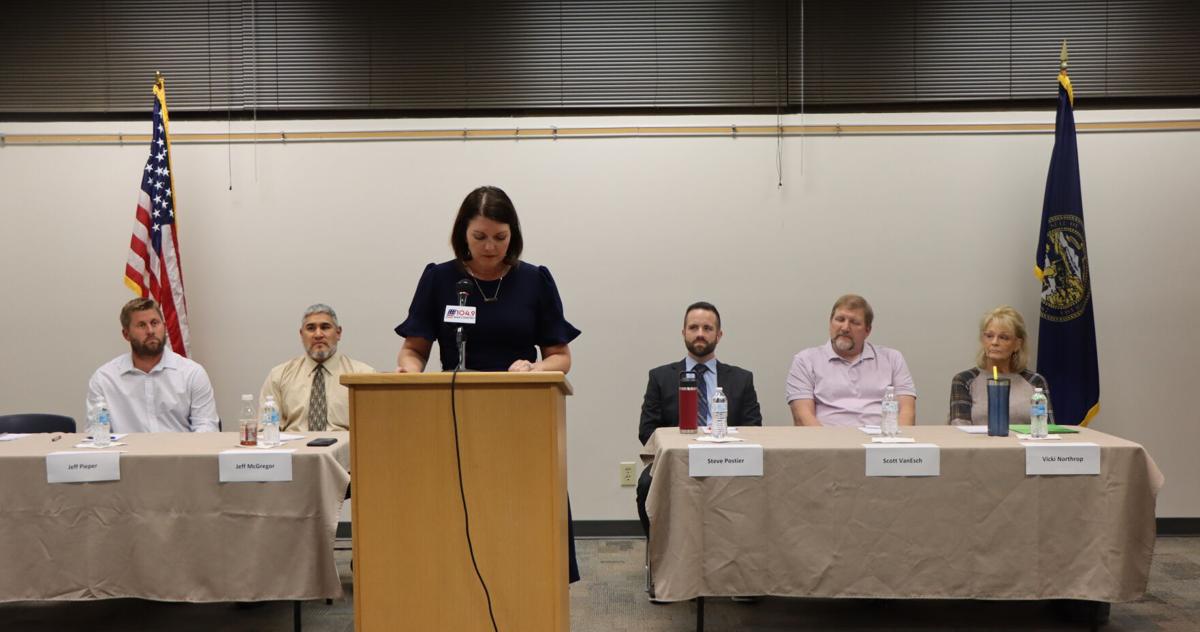STF Mag report: The evolution of submarine technologies impacts submarine cables

As published in the September issue of SubTel forum magazine
September 19, 2022
By Stephen Nielsen
Within the submarine cable industry, it would not be an exaggeration to say that the first important technology that comes to mind is cable. Heck, it’s in the name. Lower latency, higher fiber pairs, zero attenuation: these are the technological dreams of the industry. But what about all the other revolutionary underwater technologies being implemented around the world?
Companies in many fields are developing new technologies that are currently having or will have a significant influence on the future of the submarine cable industry and all submarine industries.
SEA-KIT International Unmanned Surface Vessel (USV) maxlimer was recently used to carry out a first survey of Hunga-Tonga Hunga-Ha’apai, an underwater volcano in the South Pacific. In other regions, Tampnet cable segments are used as part of a seismic monitoring system, helping with early warning of earthquakes.
“The market for underwater technologies appears to be expanding and this growth is expected to continue over the next 5 years,” said a representative from Makai Ocean Engineering. “We believe there will be a strong focus on automation and clean energy in the years to come.”
To learn more about the current climate and the expected development of this alternative side of the industry, Submarine Technologies Forum reached out to the companies at the forefront of these developments to get a more personal view of the industry and the technology, and where they are going.
For this article, we heard from Tampnet and Makai Ocean Engineering. We asked a series of questions about their business and where they think the industry is headed.
Tampnet is a company founded in 2001 in Stavanger, Norway, according to the company’s website. It operates “the world’s largest high-capacity offshore communications network in the North Sea and Gulf of Mexico, serving oil and gas, wind energy, maritime and carrier customers with telecommunications first class”.
Alternatively, Makai Ocean Engineering (Makai) is a technology company founded in 1973 on the Makai Research Pier in Waimanalo, Hawaii. “Our customers have named us a ‘think tank’ for ocean-related issues because of our reputation for innovation, speed and rigor in our designs.”
Makai provides practical solutions and technologies to solve real-world challenges. Makai provides ocean engineering software solutions. “Our submarine cable software has been used on several record-breaking projects,” Makai said in the Q&A. “The most recent memorable achievement is that our submarine cable software, MakaiLay, is now used by over 90% of the submarine telecommunications cable installation fleet.”
Companies in the ocean technology sector will have a wide variety of project types, including unique survey projects, unmanned drones exploring dangerous areas, or many other projects. Asked about some of their most memorable applications of their technology in a project, the two companies recalled very different, yet fascinating events.
Tampnet recounted a time when their technology revealed itself in the blink of an eye during a storm:
“The most memorable moment was in 2013, when our first commercial customer on our 4G/LTE network had to prematurely cut off their legacy VSAT satellite connection onshore to our new 4G/LTE system which had just been implemented. service on board. This happened during a very strong storm, with a wave height of 23m in the North Sea, causing their satellite dish to be damaged and misaligned to the point that they lost the communications.
“The consequence was that in the midst of this storm, the offshore asset went from a very poor quality VSAT with only a few Mbps and over 500ms delay on the shore link, to an extremely stable connection of 30Mbps with less than 40ms delay.our 4G fiber network and underwater.The crew was blown away and couldn’t figure out why they suddenly had a fast, rock solid connection with the shore at the middle of one of the worst storms in the history of their North Sea operations!
Makai, on the other hand, shared a moment when their application of new energy technology created a pioneering step in green energy: “In 2015, Makai made history by connecting our OTEC pilot plant to the grid American, marking the first use of basic renewable energy. of OTEC supplied the American electricity grid. This was a momentous achievement that proved OTEC to be a viable energy source for parts of the United States.
“Makai has also long been a proponent and leader of marine renewable energy technologies such as Seawater Air Conditioning (SWAC) and Ocean Thermal Energy Conversion (OTEC). Makai will continue to advance these technologies globally to meet renewable energy goals.
Perhaps due to the two companies’ very different goals, when asked where they see their industry in the next five years, their answers were equally different.
According to Makai, they believe the focus will be on automation and green energy. Along the same lines, when asked about the growing importance of sustainability in the industry, the Makai representative replied, “Makai is also developing new tools and technologies to support large offshore renewable energy markets with a in the short term on offshore wind power. Makai’s technologies will help advance and support the growing offshore wind market, with planning aid tools and hardware technologies to lower the cost of installation.
Responding to the same question, the Tampnet representative said, “The basics of submarine technology will remain the same, with undersea fiber optic cables carrying the vast majority of global communications.” They added, however, that the speed of technology development and evolving capabilities of transmission technology connected to cable systems could possibly see capacity and speed “increasing at breathtaking speed.”
“Today, a single strand of fiber can carry several terabits of data per second. This development is likely to continue. In addition to this, we are seeing new uses for our submarine cables, where the cable or the fiber cores within are used for new scientific purposes,” Tampnet said.
As an example, they mention the use of cables equipped with monitoring equipment for seismic and seismic detection. “Another application is to use the cable to monitor potential hazards, protecting the cable itself,” they add. “By placing acoustic sensing equipment on the fiber cores, the fibers behave like very long microphones, picking up noise along the cable. This can be used to detect excavators on shore and fishing trawlers dragging on the seabed, alerting the cable owner of any potential danger to the integrity of the cable.
The contribution of companies like this gives us a unique insight into the developing world of ocean technology and its many facets. While there is not always a direct overlap between certain technologies and major cable systems, there is no denying the potential benefits that new developments could have on the entire industry. There may come a time when the wired infrastructure that crisscrosses the globe serves multiple purposes beyond just transmitting data.
About the Author
Stephen Nielsen is an editor at the Submarine Telecoms Forum and has over 10 years of experience reviewing submarine cable systems. He previously supported blogging and streaming for various PTC and SubOptic conferences. He is also a 6e Grade Teacher and past finalist for the Society of Professional Journalism’s Mark of Excellence award.
He was previously employed by the Winchester Star newspaper and Capital News Services and is a US citizen based in Sterling, Virginia, USA.
Click here to read more articles from the offshore energy issue of SubTel Forum magazine or read on our archive site here.






